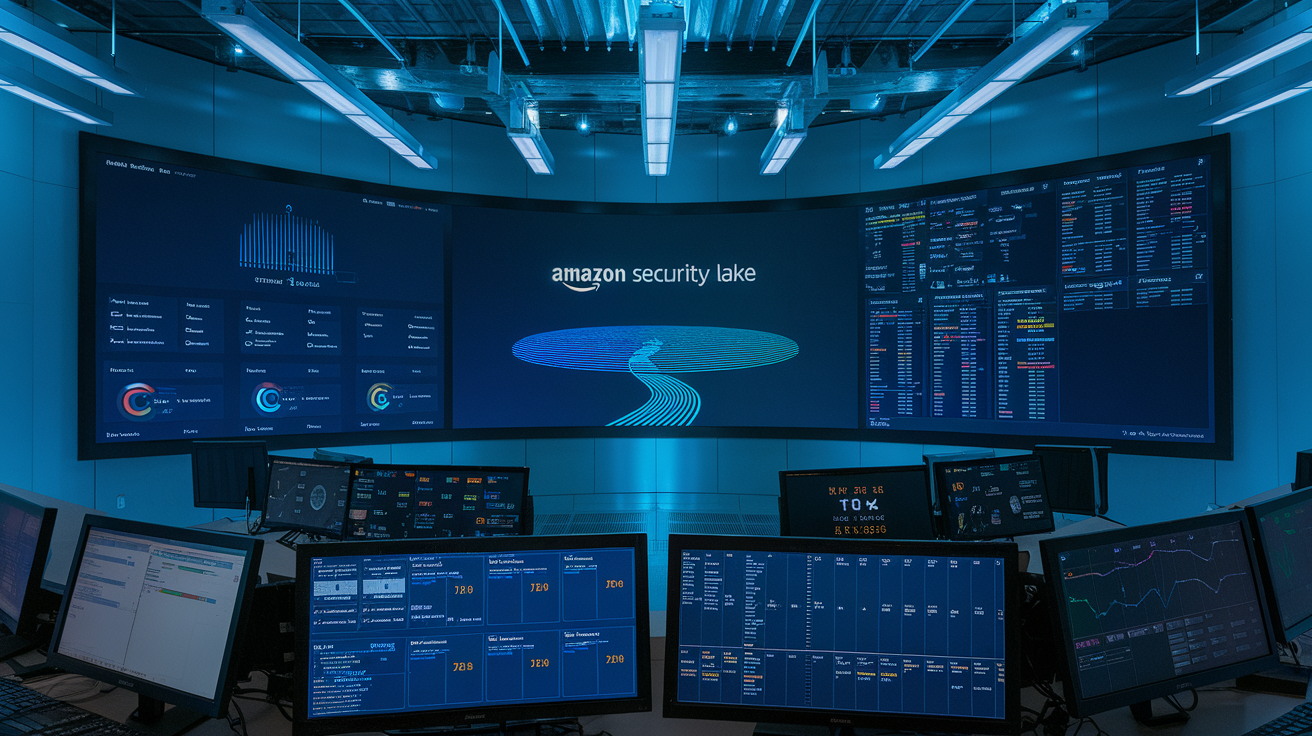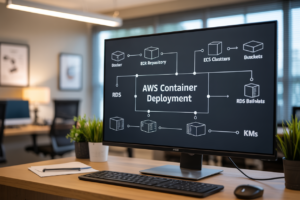Your security team is probably drowning in data from dozens of sources right now, with no easy way to make sense of it all. Sound familiar?
Amazon Security Lake changes everything. This service centralizes all your security data in one place, saving you from the nightmare of juggling multiple tools and formats. It takes your mountains of logs from AWS services, third-party sources, and on-premises systems and transforms them into a standardized format that’s actually usable.
What’s really impressive about Amazon Security Lake is how it automatically scales with your needs—no capacity planning headaches or infrastructure to manage. Just reliable, accessible security data when you need it.
But here’s what most companies miss about Security Lake that completely changes their threat detection game…
Understanding Amazon Security Lake Fundamentals
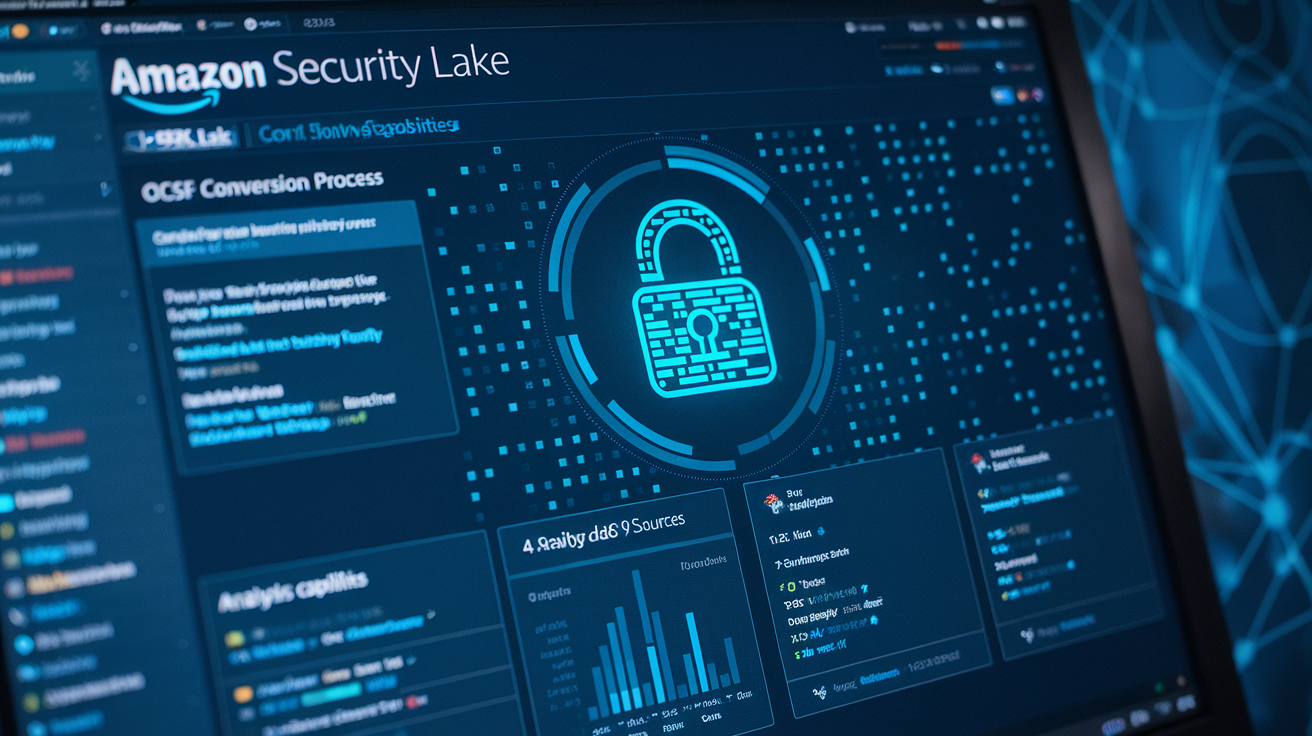
What is Amazon Security Lake and why it matters
Amazon Security Lake isn’t just another security tool—it’s your data command center. Imagine all your security logs from dozens of sources finally speaking the same language and living under one roof. No more switching between systems or translating between formats. It matters because security teams waste precious hours hunting for threats across disconnected data islands when they could be actually stopping the bad guys.
Key benefits for security operations
Security teams are drowning in alerts while threats slip through the cracks. Amazon Security Lake changes the game by centralizing everything—AWS logs, third-party tools, on-premises systems—all in one searchable lake. You’ll slash investigation time from hours to minutes, spot patterns you’d never see in siloed data, and automatically normalize everything into OCSF format. Plus, your analysts can use their favorite tools to query everything without learning new interfaces.
How it compares to traditional SIEM solutions
Traditional SIEMs feel like paying premium prices for a digital filing cabinet with limited storage. Security Lake flips the script:
| Traditional SIEM | Amazon Security Lake |
|---|---|
| Expensive ingestion costs | Pay only for what you store |
| Complex data mapping | Automatic OCSF normalization |
| Limited retention | Affordable long-term storage |
| Proprietary query languages | Use familiar SQL or your preferred tools |
| Scaling issues at enterprise level | Effortless AWS-powered scaling |
Old-school SIEMs make you choose between keeping data and staying on budget. Security Lake lets you have both.
Supported data sources and integration capabilities
Security Lake doesn’t play favorites with your security stack. It natively ingests AWS service logs (CloudTrail, VPC Flow Logs, Route 53), but that’s just the beginning. It connects seamlessly with dozens of third-party sources like Crowdstrike, CyberArk, and Okta through direct integrations. For everything else, there’s custom log connectors. The real magic happens downstream—analyze your unified data with Amazon Athena, OpenSearch, or push it to partners like Splunk and Sumo Logic.
Setting Up Your Security Lake Environment
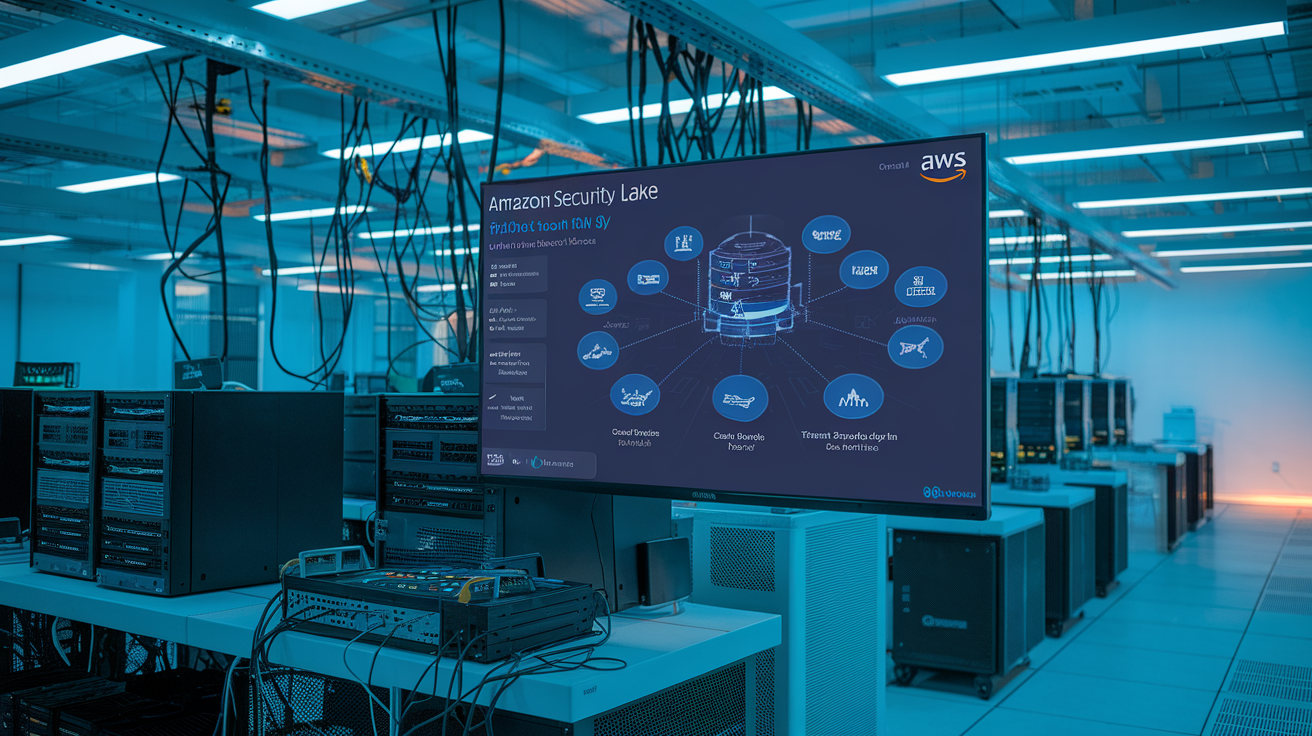
Setting Up Your Security Lake Environment
A. Account preparation and prerequisites
Before diving into Amazon Security Lake, you need your ducks in a row. First, confirm your AWS account has proper IAM permissions—this isn’t amateur hour. You’ll need admin access and service role capabilities. Make sure you’ve enabled CloudTrail and have S3 buckets ready for data collection. Trust me, nothing worse than getting halfway through setup only to hit permission roadblocks.
B. Initial configuration steps
Getting Security Lake running isn’t rocket science, but skip steps and you’ll pay for it later. Start in the AWS console, navigate to Security Lake, and click “Create Lake.” Choose your regions wisely—data storage costs add up fast. Configure your default settings for data retention (30 days is standard unless compliance says otherwise). Connect your S3 bucket as the destination, and don’t forget to enable encryption—your future self will thank you.
C. Data source integration checklist
Look, integrating data sources can be a pain if you don’t plan ahead. Here’s your no-nonsense checklist:
- CloudTrail logs (obvious, but essential)
- VPC Flow logs (catch lateral movement attempts)
- Route53 DNS queries (spot command and control traffic)
- AWS WAF logs (web attacks aren’t taking a day off)
- GuardDuty findings (why ignore free intelligence?)
Test each integration before moving to the next. Half-baked connections lead to blind spots, and blind spots lead to breaches.
D. Permission management best practices
Permission management in Security Lake isn’t something to wing. Create dedicated IAM roles with least privilege principles—give just enough access, not the keys to the kingdom. Use resource-based policies for S3 buckets storing your security data. Implement MFA for anyone who can query the lake—seriously, no exceptions here. Review permissions quarterly; security roles have a way of accumulating unnecessary access over time.
E. Cost optimization strategies
Security Lake bills can shock you if you’re not careful. Store only what you need—filtering logs before ingestion saves serious cash. Use Lifecycle policies to automatically transition older data to cheaper storage classes. Set up AWS Budgets alerts at 70% of your expected spend to avoid end-of-month surprises. Consider query optimization—poorly written queries waste compute and money. And remember, multi-region deployments double your costs, so only replicate what regulatory requirements demand.
Data Normalization and the Open Cybersecurity Schema Framework (OCSF)

Data Normalization and the Open Cybersecurity Schema Framework (OCSF)
A. Why standardized formats accelerate security analysis
Ever tried making sense of security logs from ten different systems? Total nightmare. Standardized formats like OCSF are game-changers because they eliminate the endless translation work. When your AWS CloudTrail, VPC Flow Logs, and third-party tools all speak the same language, you can spot threats faster and automate responses more effectively.
B. OCSF implementation in Security Lake
Amazon Security Lake bakes OCSF right into its core. The platform automatically converts incoming data streams into this unified format, handling the heavy lifting behind the scenes. Your raw logs transform into structured, consistent records that follow the OCSF schema, complete with standardized field names, event classifications, and relationship mappings across your entire security ecosystem.
C. Custom schema mapping for proprietary sources
Got weird proprietary data sources? No problem. Security Lake lets you create custom mappers that transform your unique data formats into OCSF-compliant schemas. This process involves defining field mappings, event type classifications, and entity relationships. The best part? Once configured, these transformations happen automatically as new data flows in.
D. Troubleshooting normalization issues
Normalization hiccups happen. When they do, start by checking your source data quality – garbage in means garbage out. The Security Lake console offers validation reports highlighting schema mismatches and field mapping errors. For persistent issues, examine your custom mappers for logic flaws or use AWS CloudWatch logs to track normalization failures and pinpoint exactly where things went sideways.
Effective Data Storage and Retention Strategies
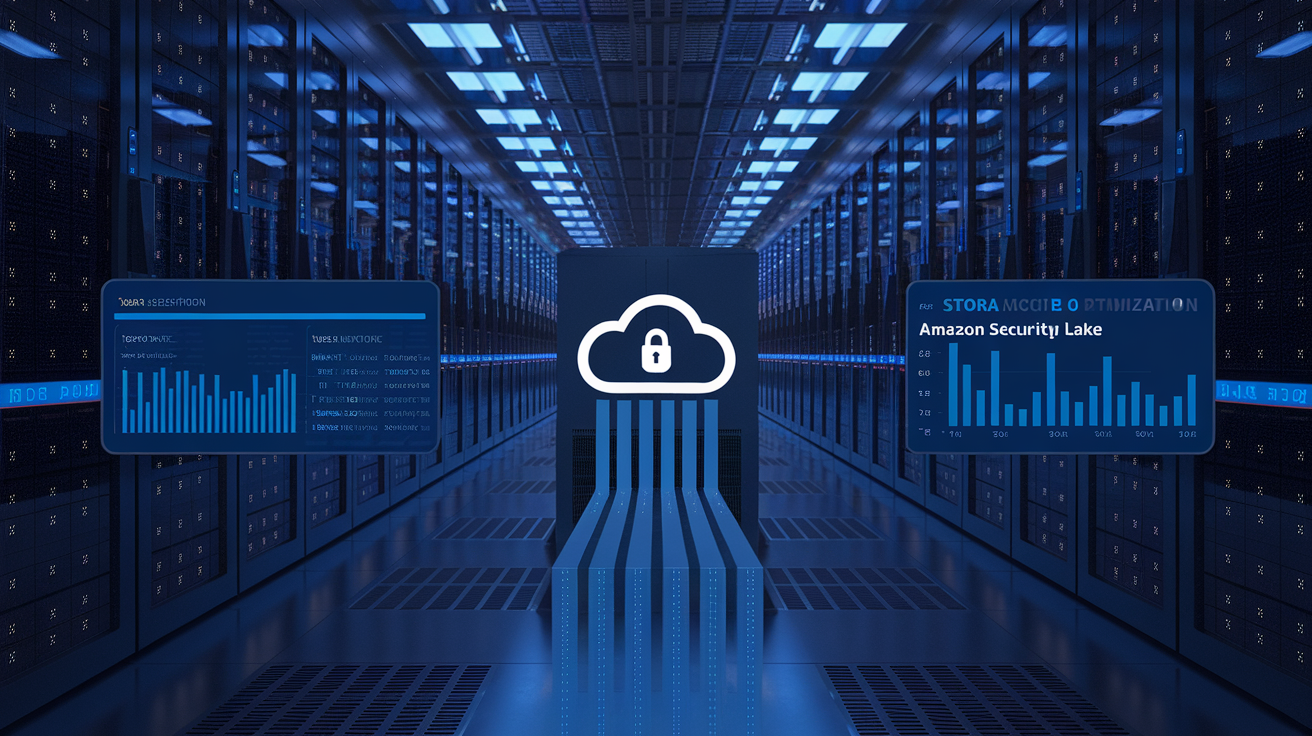
Optimizing S3 storage for security data
Ever tried to manage terabytes of security logs without a plan? Talk about a nightmare. With Amazon Security Lake, you’ll want to set up S3 lifecycle rules that automatically tier your data from Standard to Glacier after 30 days. This slashes your storage costs while keeping your security data accessible when you need it.
Implementing intelligent retention policies
Smart retention isn’t just about keeping everything forever – it’s knowing what to keep and for how long. Security Lake lets you implement granular retention policies based on data criticality. Keep those authentication logs for years but dump those verbose debug logs after 90 days. Your compliance team will thank you.
Data lifecycle management automation
Why manually manage what machines do better? Set up automated lifecycle policies that transition your security data through storage classes and eventually expire it. Configure Security Lake’s built-in automation to handle the heavy lifting – from initial ingestion to final deletion when retention periods expire.
Querying and Analyzing Security Lake Data

Direct query capabilities and limitations
Amazon Security Lake isn’t just another data lake. You can directly query it, but there’s a catch—complex queries need more muscle. Basic filtering works great for quick insights, but when you need to dig deeper, you’ll hit walls with performance and flexibility. That’s where the real magic of integration comes in.
Integration with Amazon Athena
Athena transforms how you interact with Security Lake data. Connect once, and you’re set to run SQL queries across your entire security dataset without moving data around. The beauty? It’s serverless, so you pay only for queries you run, not idle infrastructure collecting dust.
Building effective security queries
Writing security queries is an art form. Start simple:
SELECT sourceip, count(*) as count
FROM security_lake_table
WHERE eventday = '2025-06-23' AND action = 'BLOCK'
GROUP BY sourceip
ORDER BY count DESC
LIMIT 10
This query finds your top blocked IPs today. The real power comes when you chain queries to spot attack patterns before they explode.
Visualization techniques with QuickSight
Numbers tell stories, but visuals make them unforgettable. QuickSight turns your Security Lake queries into dashboards that actually make sense. Create heat maps of attack origins, timeline views of security events, and anomaly detection visualizations that make patterns jump off the screen.
Performance optimization for large datasets
Security data grows like nobody’s business. When your queries start crawling:
- Partition your data (time-based partitioning works wonders)
- Use columnar formats (Parquet is your friend)
- Be selective with your columns (don’t SELECT * unless you really need everything)
- Apply filters early in your query
- Consider creating materialized views for common queries
Remember, a well-optimized query can be the difference between insights in seconds versus hours.
Building a Comprehensive Security Monitoring System

Building a Comprehensive Security Monitoring System
A. Integrating with existing security tools
You know that feeling when your security tools don’t talk to each other? Pure frustration. Amazon Security Lake plays nicely with your existing infrastructure—SIEM systems, threat intelligence platforms, analytics tools—you name it. The magic happens through standardized APIs and the OCSF format, making integration seamless rather than a nightmare of custom connectors and workarounds.
B. Creating cross-data correlation rules
Cross-data correlation is where the real security superpowers emerge. With Security Lake centralizing logs from AWS services, on-premises systems, and third-party tools, you can finally connect those suspicious dots. Set up rules that spot the attack patterns humans might miss—like when a failed login attempt in one system matches suspicious network traffic in another. This isn’t rocket science anymore.
C. Implementing automated alert workflows
Nobody’s got time for alert fatigue. Build workflows that do the heavy lifting—auto-categorize threats, enrich alerts with context, and route them to the right teams without manual intervention. The beauty of Security Lake integration with EventBridge means your security operations can breathe again instead of drowning in notification noise. Automation isn’t just convenient—it’s survival.
D. Establishing incident response procedures
The best incident response isn’t invented during the crisis. With your Security Lake data centralized, create playbooks that outline exactly who does what when something suspicious appears. Document escalation paths, containment strategies, and recovery procedures that leverage your aggregated security data. When seconds count, your team won’t waste time figuring out where to look first.
Advanced Security Lake Use Cases

Threat hunting across centralized logs
Ever tried finding a needle in a haystack? That’s security threat hunting without centralization. With Amazon Security Lake, you’re pooling all your logs in one searchable location. SOC teams can run complex queries across previously siloed data sources, spotting attack patterns that would otherwise remain invisible, and slashing investigation time from days to minutes.
Compliance monitoring and reporting
Auditors knocking at your door again? Security Lake transforms compliance from nightmare to non-event. The platform automatically maps your data to regulatory frameworks like GDPR, PCI DSS, and HIPAA. Create custom dashboards that display your compliance posture in real-time, generate audit-ready reports with a few clicks, and stop scrambling when regulators come calling.
Security posture assessment
Your security stance shouldn’t be a mystery. Security Lake provides comprehensive visibility into your entire AWS environment, highlighting configuration weaknesses, permission issues, and security gaps you didn’t know existed. The continuous assessment capabilities help you prioritize remediation efforts based on actual risk levels, not guesswork or theoretical vulnerabilities.
Forensic investigation enablement
When incidents happen, the clock starts ticking. Security Lake preserves immutable evidence trails with tamper-proof storage and comprehensive chain of custody tracking. Investigators can rapidly timeline events across all systems, from initial access to lateral movement, with precise timestamps and user attribution. This forensic readiness dramatically reduces containment time and improves recovery outcomes.
AI-powered anomaly detection
Traditional rule-based detection is so 2020. Security Lake’s machine learning models continuously analyze your normalized data to establish behavioral baselines and flag suspicious deviations automatically. The system gets smarter over time, reducing false positives while catching sophisticated attacks that signature-based tools miss completely. Say goodbye to alert fatigue and hello to meaningful threat intelligence.
Security Lake Governance and Compliance
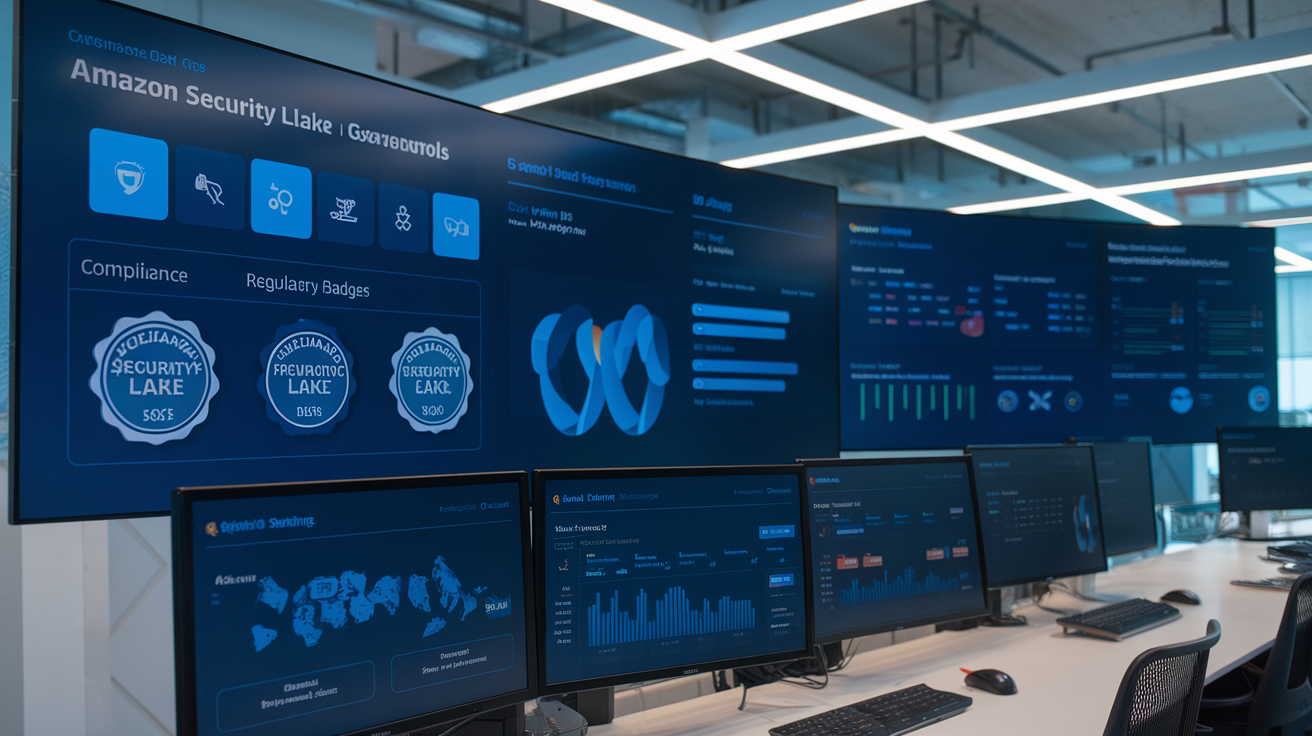
Security Lake Governance and Compliance
A. Meeting regulatory requirements
Amazon Security Lake isn’t just another security tool—it’s your compliance lifeline. When auditors come knocking with GDPR, HIPAA, or PCI DSS requirements, you’ll actually smile instead of panic. Security Lake automatically maps your data to regulatory frameworks, generates pre-built compliance reports, and maintains immutable audit trails that make regulators happy. No more compliance fire drills!
B. Audit capabilities and reporting
Ever tried explaining your security posture to executives with spreadsheets? Painful. Security Lake’s audit capabilities change the game completely. You get real-time dashboards showing who accessed what, when, and why. Custom reports take minutes instead of days. And when something suspicious happens, audit trails provide breadcrumb trails even the sneakiest attackers can’t hide from. Sleep better knowing nothing flies under your radar.
C. Data sovereignty considerations
Data sovereignty rules are a nightmare if you’re not prepared. Security Lake has your back with region-specific data stores that keep German data in Germany and Canadian data in Canada. The control plane gives you granular policies to enforce residency requirements automatically. No more hoping you’re compliant—now you’ll know it. Your legal team will finally stop sending those scary emails about cross-border data transfers.
D. Privacy controls and PII handling
Privacy isn’t just about checking boxes—it’s about protecting real people. Security Lake’s PII handling features actually make this manageable. Automatic data classification tags sensitive information the moment it enters the lake. Customizable masking rules let the right people see what they need while keeping the sensitive bits hidden. And when deletion requests come in, you can surgically remove specific data without disrupting your entire security operation.
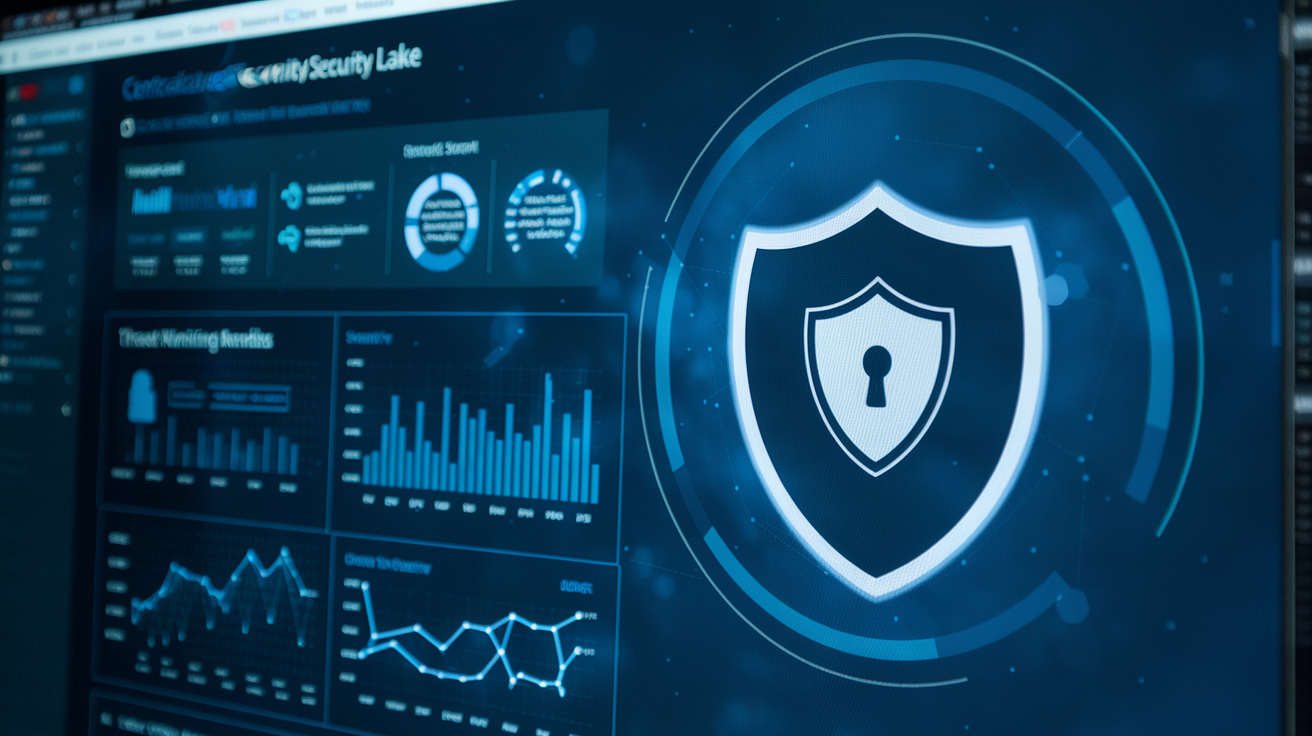
Amazon Security Lake stands as a powerful cornerstone for modern security operations, bringing together your diverse security data streams into a centralized, standardized repository. By following the implementation strategies outlined in this guide—from initial setup to advanced querying techniques—you can transform scattered security information into actionable intelligence that strengthens your organization’s security posture.
The journey to security excellence doesn’t end with implementation. Continue exploring the advanced use cases and governance frameworks we’ve discussed to maximize your Security Lake investment. Whether you’re enhancing threat detection capabilities, streamlining compliance reporting, or building comprehensive security monitoring systems, Amazon Security Lake provides the foundation you need to protect your organization in today’s evolving threat landscape. Start centralizing your security data today and experience the clarity and control that comes with a well-orchestrated security data lake.










